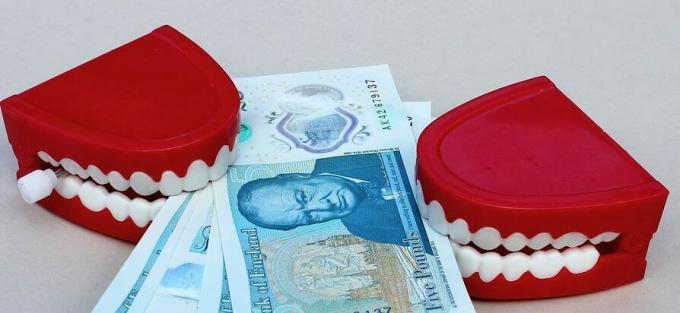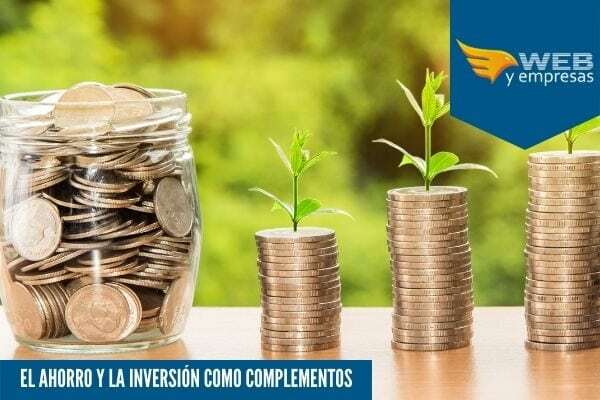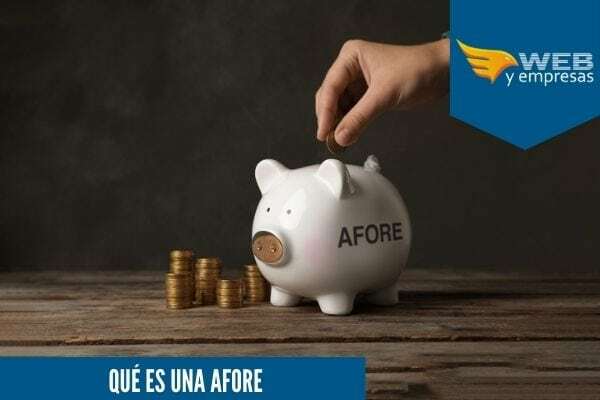The difference between cost and expense, mainly is that the costs are the outlay made to produce or sell a certain product, while expenses are the general outlay made for the development of their activities.
Conceptually it is somewhat difficult to differentiate between a cost and an expense, both represent expenditures, but have a very different nature and connotation and it is here that the difference between these.
Advertisements
In this article you will find:
Definition of cost
They are the set of expenditures carried out to produce a good or service, for example: raw materials, inputs, labor, energy for the machines to operate, etc. It also includes the delivery of any item that ends up being part of the product or service provided.
To determine costs (see types of costs here), it is necessary to identify some concepts that lead us to know the investment made in a certain product or service and thus be able to establish a sale price that leaves a good profit margin, whether we manufacture or only let's market.
Advertisements
- Fixed costs: Its value does not depend on the level of production and sale.
- Variable costs: Its value varies according to the levels of production and sale. (watch fixed and variable cost difference in the company)

Definition of expense.
It is the set of expenditures for the administration, distribution, sale, and includes the maintenance of the physical plant of the company.
Advertisements
- Fixed expenses: all those expenses that are the same and only vary in the long term, so they are known in advance.
- Variable expenses: They are those that vary frequently so they cannot be previously defined since they change month by month
- Unexpected expenses: Those within the budget destined to cover any eventuality.
When analyzing projects for companies, whether in the manufacturing, service or marketing sectors, it is essential to classify the disbursements in costs and expenses, and conceptualize it as an investment, that is, as the reserved value of which a future contribution or benefit. Accordingly, costs produce a future benefit and are therefore related to income and profit.
Differences between cost and expense
Reading these definitions clearly reflects the differences between these accounting terms:
Advertisements
- Cost is the expense required to manufacture a product. The expense is the expense incurred to administer the processes, to distribute it, to commercialize it and to sell it.
For example, a blade factory will require a certain amount of steel, as well as labor, electrical energy to operate the machinery, and material to be packed. Up to this point, the expenses are considered as costs. We have a finished product, packed, stored and ready to be sold.
Once the finished product enters the warehouse, the expenses incurred will constitute an expense, it will be necessary to pay for transportation, phone, pay the salesperson, the receptionist, the manager, the public accountant and the lawyer, etc. All of these are considered expenses.
Advertisements
- From the above we can specify another difference: The costs are present in the finished product: in each sheet there is a certain amount of steel, certain minutes of work, a few watts of electrical energy, a few centimeters of paper. quantified. On the other hand, salaries cannot be identified or captured on the sheet, their activities are not directly imputed in the manufacture of the sheet.
- Theoretically, the cost is an outlay from which the company expects an income in the future, while the expense is the expenditure from which the company does not expect to obtain future income. It is confusing but it looks simpler when we assume that of what has been paid to the accountant (expense) there is no possibility of obtaining a direct income. While selling the blade you get a payment that represents an income.
Classification of costs and expenses
Starting from all the exposed costs and expenses should be classified to keep in mind the dividing line between them.
Costs
It includes all the items that are incurred to obtain the finished product, the transformation of the raw material with or without the participation of human resources and necessary inputs.
- Material costs
- Labor costs
- Indirect manufacturing costs
Expenses
Includes items incurred but not necessary in production.
- Distribution and selling expenses
- Administration expenses
- Financial expenses


